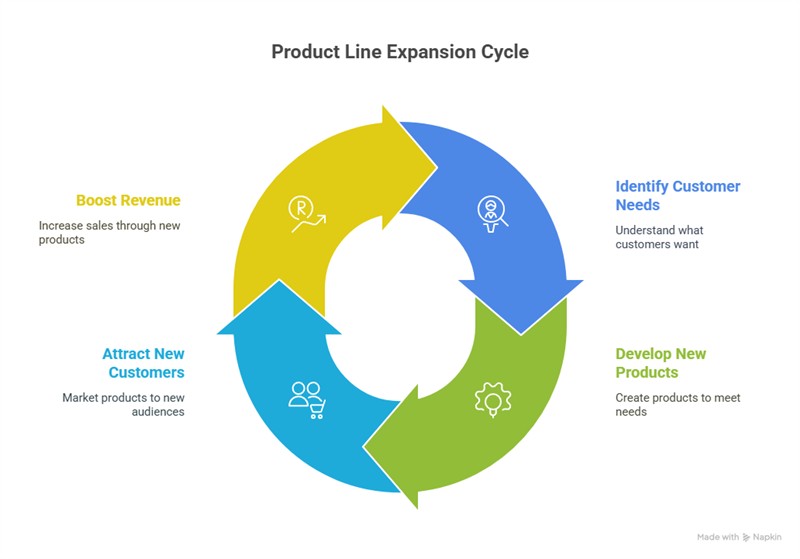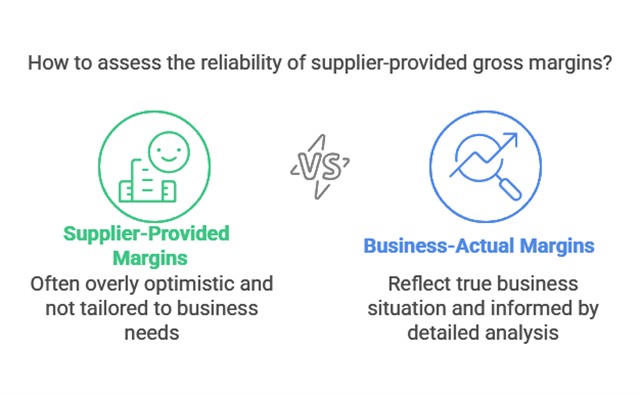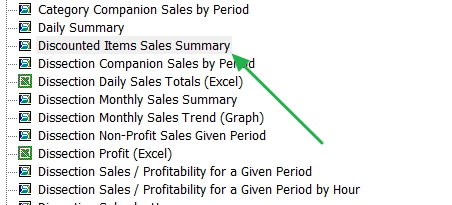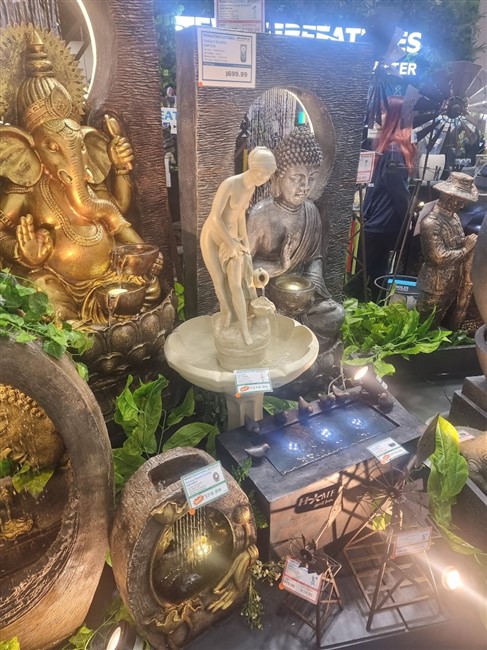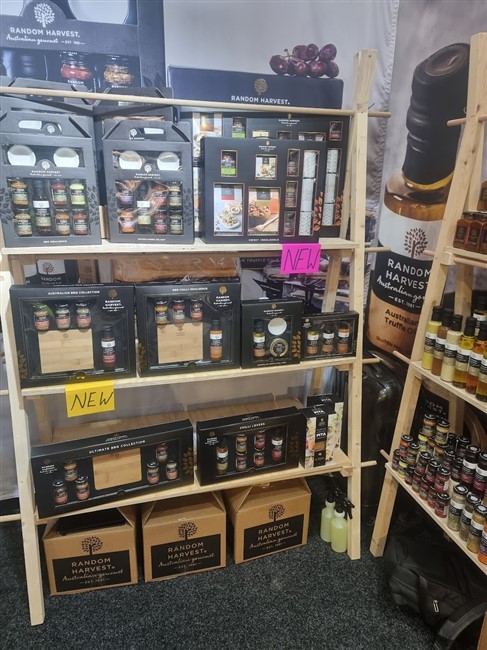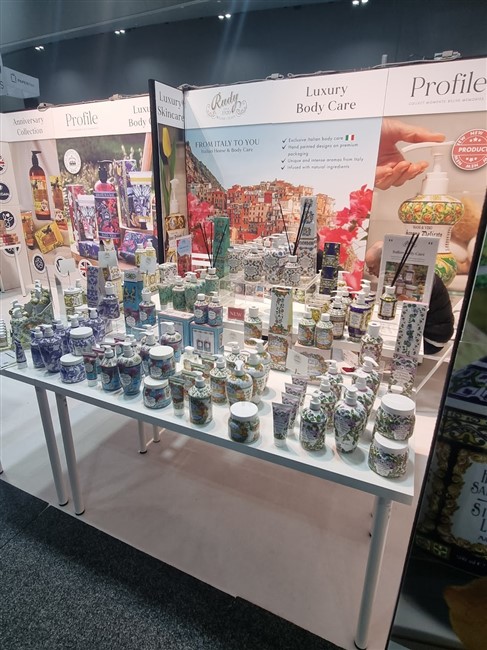Chasing the Wrong Market in Retail
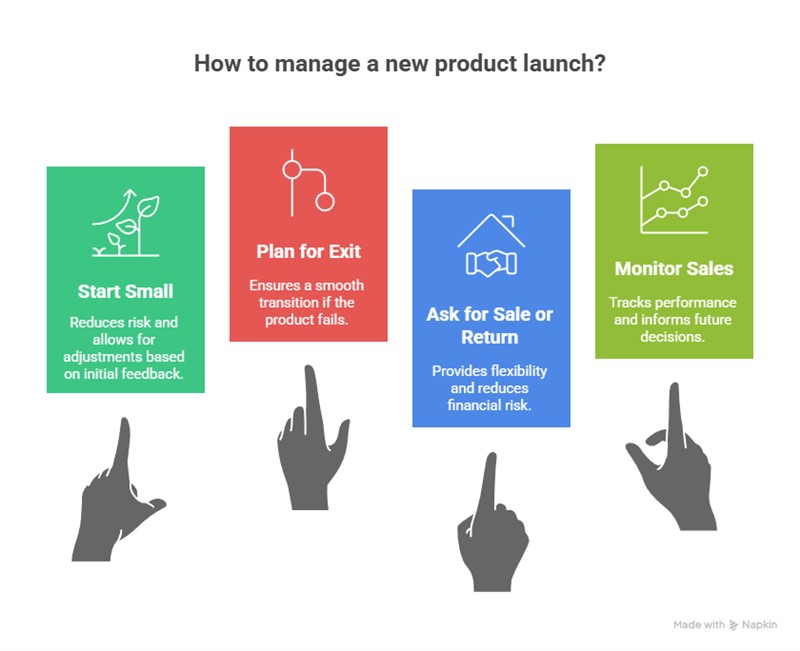
In retail, sales often slip away because retailers are targeting the wrong crowd. They do research, stand behind your products, but nothing shifts. It’s frustrating and confusing. Sometimes, though, it's not about the shop, the prices, or even the promos. The issue might be that they're trying to fill a need for folks who aren't coming or not prepared to buy those products from them.
A Real-World Example
I remember helping out a guy who loved board games. He stocked his shop with a solid selection, popular ones selling well. He did the research, which checked out; prices were good, and the display looked sharp. Still, those games did not sell.
He was stumped, of course. "How can I move more of this?" he said. He figured a tweak to the signs and a slight price cut would do it. But it became clear: the shoppers in his store weren't into buying these games, and the ones who did buy them didn't wander in. Worse, some of those game fans were already his regulars for other things, but they did not buy it from him. The real snag wasn't how to sell them. It was whether he should bother stocking them there at all.
Sticking to the Wrong Ideas
When things slow down, retailers naturally start poking at fixes. You end up asking stuff like:
- How can I push my products harder?
- Would dropping prices help me compete?
- Is my lineup off somehow?
These are thoughtful questions because they're action-oriented and suggest you're just one adjustment away from turning it around. That's the pitfall. You keep fiddling with bits and pieces, chasing a win that doesn't show. But these questions miss the point by assuming these products are for you.
The Question That Matters
Better to flip it: Do the folks who want what I'm offering actually step into my place?
That's where the gap shows up for so many shops. It happens in a few ways.
Your items might fly off shelves elsewhere, but that does not mean they move here like they do at that store, where the demand existed but not the right crowd.
Or you've got traffic pouring by, but it's the mismatch kind; a packed sidewalk means nothing if they're not people for your stock.
Market research can trick you here. It shows something's overall hot, but doesn't indicate whether those buyers will hit your spot. That's where your point-of-sale setup shines. It uncovers the real story: how often people buy, what your top spenders grab, their typical haul, and what pairs up in carts.
The wake-up hits when that data shows that your main buyers don't align with the crowd you're after. That's the sign you've been off track.
Spotting the Disconnect
Before jumping in, ask yourself, What is the market for these items.
How do they get it now online, from rivals, across town?
Are they quick grabs or planners who seek it out?
Do these people want to buy these products from you? My daughter, for example, prefers to buy her cosmetics from a shop that specialises in these products.
Then, who's actually passing by or popping in?
Glance at the flow outside. Do they match your ideal buyers?
Are they there on purpose or just cruising through?
What draws them, daily errands, or something touristy?
The Big Lesson
- Start off small
- Prepare in advance a plan to pull out of that product if it does not work
- If possible ask for sale or return
- Closely monitor your sales in your POS System.
The sad reality is that, in business today, we say only one in three products works. The odds are that what you pick will fail. You need new products, but you need to be ruthless: admit you made a mistake, you chased the wrong thing, you made a bad start, and rethink it all.
Before dumping more cash on promo, time on shelves, or worry, face this: Do the buyers for my stuff show up here? If so, better ads, cheaper tags. More sweat won't cut it; it's the wrong fight. Step away?
Written by:

Bernard Zimmermann is the founding director of POS Solutions, a leading point-of-sale system company with 45 years of industry experience, now retired and seeking new opportunities. He consults with various organisations, from small businesses to large retailers and government institutions. Bernard is passionate about helping companies optimise their operations through innovative POS technology and enabling seamless customer experiences through effective software solutions.

